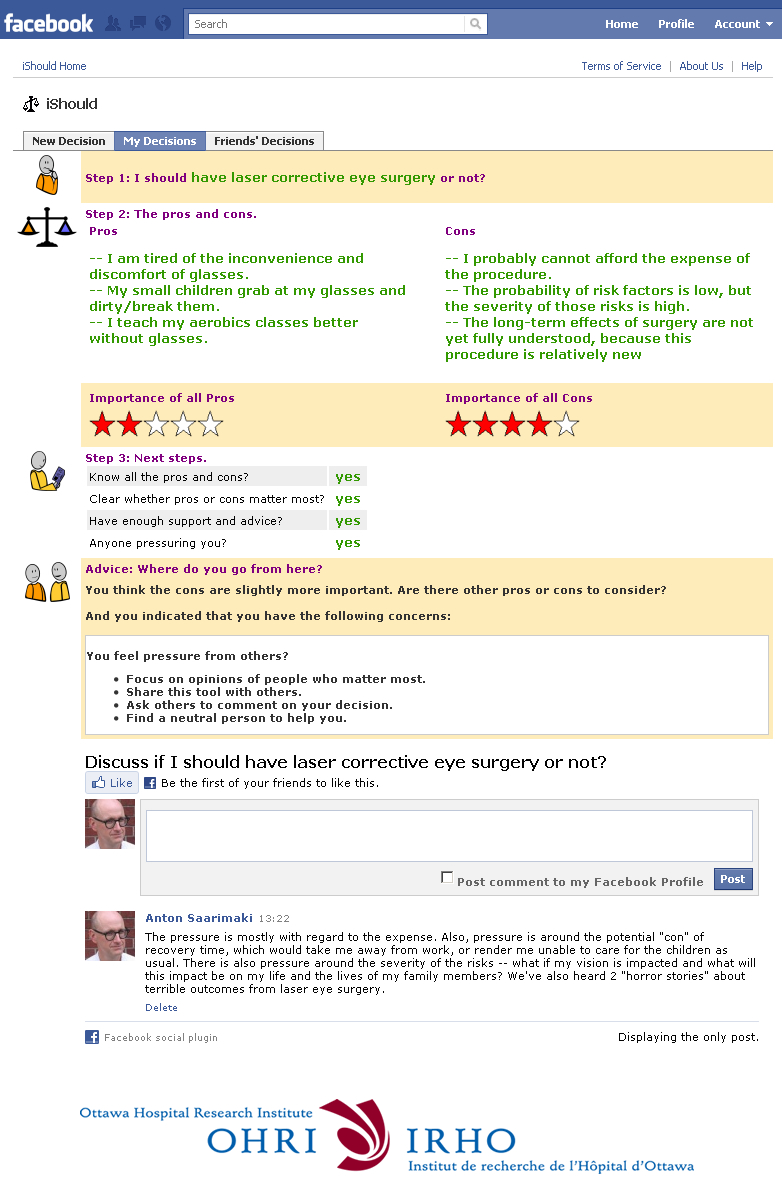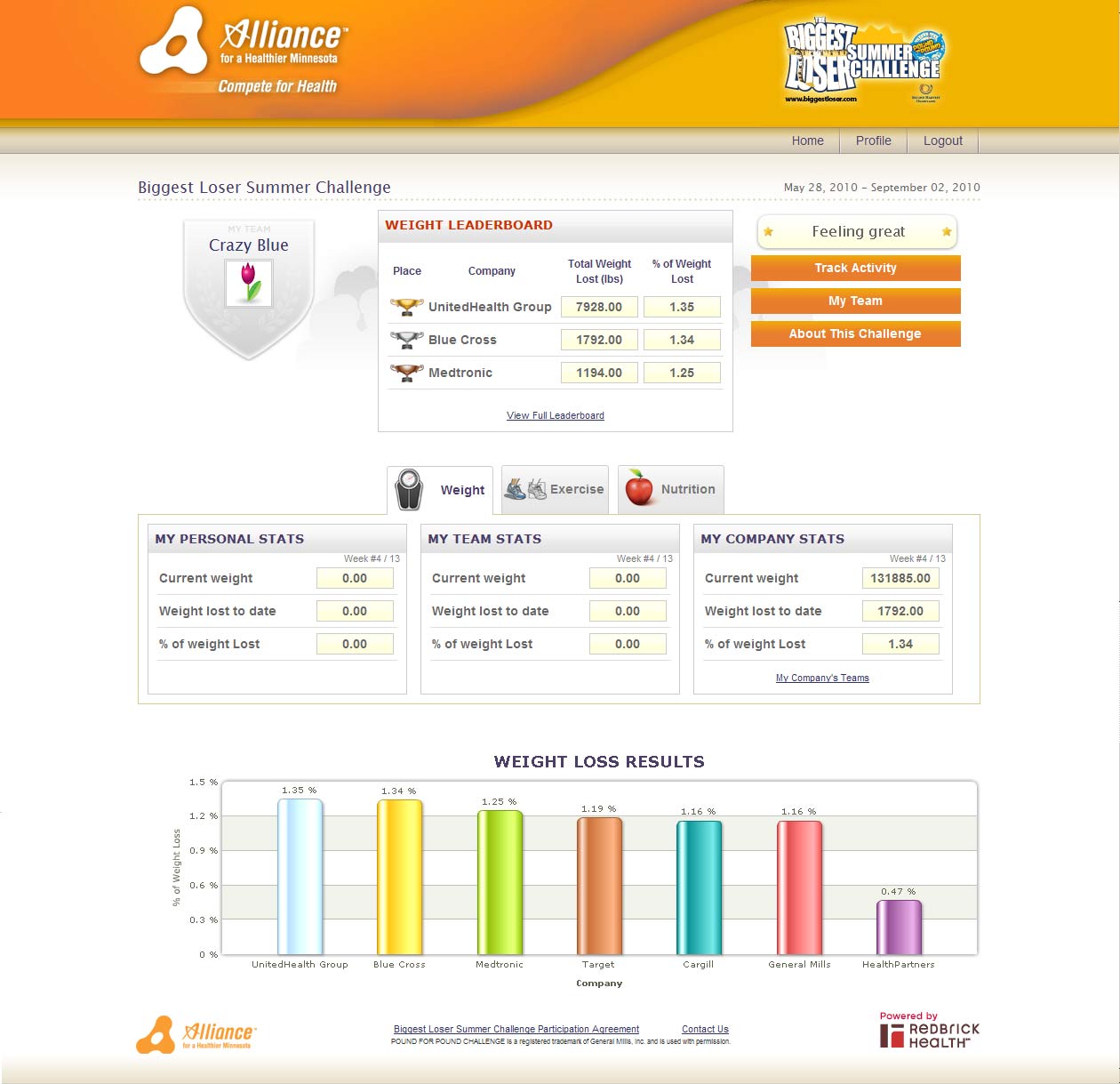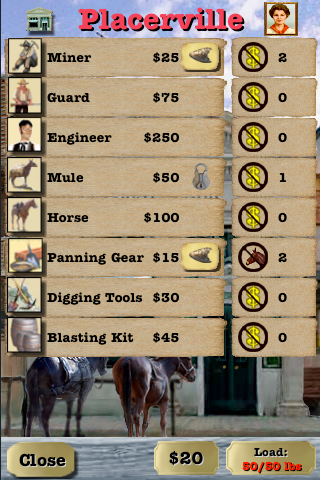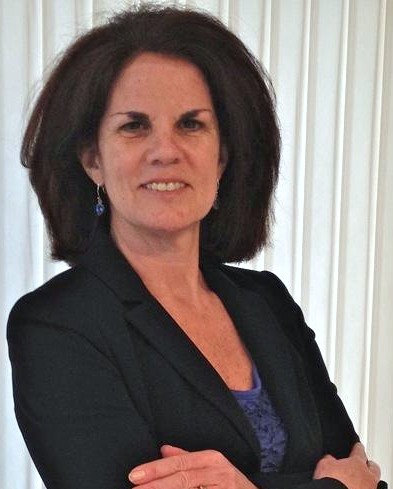Social Media Meets Shared Decision Making with iShould
 July 27, 2010
July 27, 2010  While taking a walking this beautiful afternoon, I noticed a frail elderly woman inching forward on the sidewalk in front of me as her aide held her arm securely around the senior’s tiny waist.
While taking a walking this beautiful afternoon, I noticed a frail elderly woman inching forward on the sidewalk in front of me as her aide held her arm securely around the senior’s tiny waist.
Although you and I may not need physical support to move ahead, imagine the feeling that you are heading in the right direction, with guidance each step of the way.
During my panel last week on “New Models for Social Media”, I shared an example of an interesting approach which is at the intersection of social media and decision support. With the “iShould” application developed by the Ottawa Hospital Research Institute (OHRI), you can reach out online to your own social network to gather input for your health decision. If for example you are considering corrective eye surgery, you can bring those you trust into your decision process. On this Facebook application, you fill in the decision, list and rate the pros and cons and select friends to comment. This invites support around your decision.
I do believe that this application can be most valuable when you are asking friends who have experience with your health decision so that they can provide insightful comments for your consideration.
Follow the “Value” Brick Road for Engagement
 July 23, 2010
July 23, 2010 
Since returning from the Healthcare Unbound Conference in San Diego earlier this week, I have been asked what has changed in the past year.
In his opening remarks, my colleague Vince Kuraitis, Principal of Better Health Technologies talked about the progress we’ve made with the technologies and experimenting with different business models, but the focus now is on the “value network”.
Steps Along the “Value” Brick Road
During the conference, one clear theme was that value is determined by the recipient and can be used to attract and engage consumers.
How can your organization create and lead with value? Here are the key steps which begin by identifying…
Step 1) Who?
Consider how much your organization deeply understands the needs and behaviors of your target audience (Notice that I did not say understands the consumer’s feedback on your offering). This perspective is essential before you can define, develop and deliver value which is compelling to your target consumers.
Many companies use segmentation to focus in different groups of consumers and understand what each group values.
Several speakers mentioned segmenting the senior market. After all, the active 68 year old male is not the same as the 78 year old male trying to manage his health and the health of his 98 year old mother who happens to live three states away.
Within the corporate wellness market, we heard that employees have different motivations. Some employees are eager to participate in a company- wide competition tracking their activity weekdays and weekends, while others are interested in socializing at lunch time with their Walking Group. Employers have an opportunity to offer a set of programs with online tools to meet the needs of these different employee segments.
Step 2) What?
After understanding the different segments of your target audience, it is important to think about ways you can bring value to each of them.
Liz Boehm, Principal Analyst at Forrester Research, discussed the “Four Pillars of Aging in Place” which included health, safety, connectivity (e.g. friends. family and community) and contribution (e.g. meaning/purpose).
Most companies in the senior market focus on health and safety, which happens to be the “stuff that people wish they did not have to think about”. Through research, Forrester has learned that the other two areas, to be connected and to contribute, are actually the “stuff that people want”. These are two areas can be used to engage seniors in a way that is meaningful to them. Is this the consumer’s desire for “meaningful use”?
Step 3) How?
Gordon Norman, Chief Innovation Officer at Alere challenged us with “Now that the we’ve unbound healthcare, who will put it back together?”
Think about the value network and the role that your company can play.
You may choose to partner to meet all of the needs of your target audience. With technology standards in place, you can design your product to connect in with a larger solution.
Or you can lead the way and take on the “aggregator” role, building a hub to service the consumer/member/employee/patient. By becoming the aggregator, your company has an opportunity to deliver more value through data and analytics. Consider the holistic view that you can share, enabling your users to make better decisions.
I will leave you with two questions to consider. Where is your company on the “value” brick road? How far are you willing to go?
Successfully Engaging Teens Through Mobile For Better Health
 July 16, 2010
July 16, 2010  Over the weekend I had dinner with close friends who told me about their teenage daughter and her sleepover with few girl friends. “All three of the girls had their cell phones lined up and plugged in a charging side by side on the night table”. Even when they are sleeping, teens keep their cell phones close by. While awake, these “digital natives” are continuously connected which provides opportunities for reaching and engaging teens in their health.
Over the weekend I had dinner with close friends who told me about their teenage daughter and her sleepover with few girl friends. “All three of the girls had their cell phones lined up and plugged in a charging side by side on the night table”. Even when they are sleeping, teens keep their cell phones close by. While awake, these “digital natives” are continuously connected which provides opportunities for reaching and engaging teens in their health.
Strong Statistics on Teen Mobile Usage
In Pew’s latest study of 12- 17 years old teens, there are interesting insights about teen's use of mobile technologies:
- Teens Have Mobile Phones. “Three-quarters (75%) of teens now have a cell phone”.
- Teens Texting for Connection. “Fully 72% of all teens – or 88% of teen cell phone users — are text-messages. That is a sharp rise from the 51% of teens who were texters in 2006.”
- Teens Texting Daily. Each day, 54% of teens text compared with 25% using social networking sites.
- Girls Texting Much More. Teenage girls tend to send and receive more texts each day, 80 compared with 30 for boys.
- Minority Teens Use Mobile for Internet Access. “44% of black teens and 35% of Hispanic teens use their cell phones to go online, compared with 21% of white teens”.
Influencing the Health of Mobile Teens
Organizations have been researching and piloting programs to learn how to impact the teen’s health behaviors for better outcomes.
After a successful pilot, the Murdoch Children’s Research Institute (MCRI) with the Telstra Foundation rolled out a program for teens (and young adults) that uses mobile to monitor their mental health including stress levels, coping strategies, dietary and fitness factors.
The NY Times reports that Mount Sinai Hospital has researched and learned that sending text messages to young liver transplant patients can improve their medication adherence and “avoid life-threatening complications”.
Partner’s Center for Connected Health recently ran a pilot with pregnant teens with the goal of using mobile for outreach. OB Case management sent SMS text messages about proper pre-natal care and regiments. These messages were educational and prompted the teens to take an action such as attend an office visit. “We learned that the texting strengthened the relationship- 83% reported feeling more supported by the health center case manager”, explains Alex Pelletier, Team Lead, Program and Product Development at Partners. More about this pilot from Alex on my upcoming World Congress panel, Generating Mobile Engagement Through Consumer Segmentation, Crowd Sourcing and Personalization.
Future Mobile Teen Projects:
The Robert Wood Johnson Foundation recently granted $2.4M to mobile health project including one from the San Francisco State University – San Francisco, California targeting teens from low-income backgrounds who experience much higher rates of obesity. To help these teens manage their obesity and depression, the University will evaluate the capturing of observations of daily living (ODLs) through smart phones and sharing of the data with their care team for planning and care management.
Teens are dealing with many different health issues while on the go managing their busy lives. Their health concerns span their physical and mental health which may include juvenile diabetes, obesity, asthma, sexual health problems and even autism.
How is your organization targeting this segment of “digital natives” around health? How are you leveraging mobile technologies to reach, influence and impact them to have healthier bodies and minds?
“Biggest Loser” Employees, Multi-Company Challenge Uses Social Networking to Drive Motivation
 June 28, 2010
June 28, 2010  Alliance for a Healthier Minnesota launched an online health and wellness competition with teams from large local employers including General Mills, Target, BCBS Minnesota and UnitedHealth Group. Employees are battling in three contests; to lose weight, be more active and eat healthier. Weight loss is center stage. In four weeks since the Challenge started, 10,000 employees have lost over 20,000 pounds.
Alliance for a Healthier Minnesota launched an online health and wellness competition with teams from large local employers including General Mills, Target, BCBS Minnesota and UnitedHealth Group. Employees are battling in three contests; to lose weight, be more active and eat healthier. Weight loss is center stage. In four weeks since the Challenge started, 10,000 employees have lost over 20,000 pounds.
Powering the Challenge
RedBrick Health’s Platform enables companies and their employees to engage in this competition through social networking, messaging, tracking and monitoring capabilities. As a first step, employees use their online tools to build their teams. Each employee contributes to his team by earning points for losing weight, engaging in physical activity (minutes) and following nutritional guidelines. Most employees recorded their results online. Although they can also enter their weight through their mobile phone. Employees closely watch the “leader board” on CompeteforHealth.org to monitor their progress.
As the Challenge heats up, employees turn their attention to their own physical activity and dietary decisions and post messages for their social network of team and company participants. In fact, there are thousands of posts already shared between teammates. The types of messages fall into seven different categories:
1. Goal Setting - I plan to lose three pounds to get to my ideal BMI. I will not eat desserts at the wedding this weekend. I am going to exercise five times a week.
2. Motivating - You can do it! Our Team is going to rock!
3. Praising - Congratulations on finishing the 5K! I knew you could make it the entire conference without eating a cookie! Thanks for bringing us all a healthy lunch!
4. Reminding - Don't forget to track your weight! Remember to join our team at the walking path this afternoon. Sign up for our Team by Monday!
5. Inviting - Who wants to join a softball team? Anyone want to sign-up for the half-marathon? Who wants to join me in losing five pounds over the next month?
6. Sharing (with links provided)- Have you seen these core exercises? Take a look at this marathon website. Try this new low fat dessert recipe.
7. Slipping-up - I fell off the wagon this weekend and ate poorly... I'll turn it around this week. I skipped exercising the past few days...I plan to restart tomorrow...sorry team.
There are several themes running through these team messages of camaraderie, accountability and support.
Extra Push from Multi-Company Challenges
“Although companies find different motivations for their specific populations, we do believe the multi-company competition is generating even greater engagement than a single company competition”, explains Eric Zimmerman, Chief Marketing Officer at RedBrick Health. “The differentiator is the additional leadership push we’re seeing in the multi-company competition. There’s a great deal of company pride at stake, especially when you have a public leader board posting your organization's progress versus your peers.”
Hear more about these social competitions taking place across and within employer organizations from Eric Zimmerman at the Healthcare Unbound Conference on my panel New Models for Leveraging Social Media for Consumer Engagement.
Humana’s New Mobile Health Applications Are Designed to Engage and Entertain Consumers
 June 22, 2010
June 22, 2010  Have you seen the latest mobile offerings that Humana has brought to the market? Actually, they are in the mobile “health entertainment” space.
Have you seen the latest mobile offerings that Humana has brought to the market? Actually, they are in the mobile “health entertainment” space.
Let me share my conversation with Julie Kling, from Humana's mobile strategy group to shed more light on the direction of their mobile health applications.
Sherri (Stepping Stone Partners):Just last week, Humana launched a new mobile health app called GoldWalker. Why is Humana interested in bringing mobile health applications to the market?
Julie (Humana): Humana is particularly interested in developing mobile health applications that enhance the consumer’s physical and emotional wellbeing.
Our latest mobile health game, GoldWalker, is designed to get people walking and exercising. In fact, my activity level which is measured by an accelerometer embedded in the iPhone moves me through this Gold Mine adventure where I find gold and fend off bandits. GoldWalker connects physical activity with game play.
Sherri: Last month, Humana introduced Hands2gether. What was the thinking behind this mobile health application?
Julie: Hands2gether was created to improve a person’s emotional wellbeing. You simply clap your hand with your iPhone to register your mood. The more you clap, the happier you are on the smile scale. By sending this to a friend, you not only spread happiness but also make yourself feel better.
Sherri: The buzz around most mobile conferences is around “location based services” such as Foursquare. How is Humana considering leveraging these types of mobile services?
Julie: This is an area that Humana is actively exploring. We have an opportunity to offer members incentives to frequent healthy places from restaurants to the gym. We can reward them with health- related prizes as well as the recognition that comes with “badging”. We also believe that people with certain health interests or conditions will want to meet up at a nearby location.
Julie Kling will be speaking at the upcoming World Congress Mobile Health Conference on my “Generating Engagement Through Segmentation, Crowd Sourcing and Personalization” panel. Julie will be presenting examples from Humana in mobile health gaming and care collaboration areas.


